Abstract 8/2018
Table of content
Jacek Malasek – Mobility-as-a-Service
Krystian Banet , Andrzej Szarata – The legitimacy of tram network development on the example of Częstochowa
Smoleń Piotr, Starowicz Wiesław – The concept of a system assessing the driving style of drivers in road cargo transport
Michał Małysz – Development directions of long-distance rail connections on the Magistrala Nadodrzańska
Abstracts
Jacek Malasek
Mobility-as-a-Service
Abstract: MaaS is an integration of different mobility services in one integrated travel service, most convenient for users travelling within a city as well as on global scale. MaaS, changing drivers behavior for more environmental friendly, makes also existing public transport services more efficient, decreasing indispensable public subsidies. New business models created within MaaS will help to decrease mobility costs for individuals and for travel operators. A strong driver for MaaS development is announcing by the European Commission a year 2018 as the Year of Multimodality. MaaS companies and representatives of regulatory bodies have already established a working group under the MaaS Allience to draft the Bill of Rights for MaaS User. The Bill of rights is expected to be presented and launched at the ITS World Congress in Copenhagen, in September 2018. The most important prerequisite for MaaS implementation is creation of a proper legal environment. Following Finish Act on Transport Services of April 2017 which includes MaaS operational rules, could be here very helpful.
Key words: MaaS, vehicles’ sharing, recommendations for implementation
Krystian Banet, Andrzej Szarata
The legitimacy of tram network development on the example of Częstochowa
Abstract: The article focuses on the public transport network in Częstochowa and proposes several variants of its shaping. Simulation analyzes have been carried out based on the state model of the existing Częstochowa transport system. For the purposes of the analyzes, a total of four variants were taken into account, under which the development of the tram network in Częstochowa was assumed including its limitation and liquidation. The full travel model was carried out in all variants. Based on the starting criteria (number of passengers, line operating costs and average travel time) a comparison of options has been made.
Key words: public transport, tram network, macroscopic model
Smoleń Piotr, Starowicz Wiesław
The concept of a system assessing the driving style of drivers in road cargo transport
Abstract: The article presents the concept of a driver’s driving style assessment system based on telematic data recorded by the GPS terminal installed in the vehicle. The concept includes a set of assessment indicators, methods of measuring them and an algorithm that evaluates the driving style of a driver driving a vehicle, used for road carriage of goods according to the principles of ecodriving techniques. The concept of the system assumes that the driver will be assessed according to the proposed parameters, and its final assessment will be presented in a measurable and comparable numerical value, thanks to which it can be compared with other drivers and archival results of a specific driver. The simulation of the algorithm’s operation has been carried out on actual telematics data provided by one of the Małopolska transport companies on the example of 11 drivers.
Key words: road cargo transport, ecodriving, driving style of drivers
Michał Małysz
Development directions of long-distance rail connections on the Magistrala Nadodrzańska
Abstract: The article is aimed at presenting a vision for development of passenger rail connections on the railway line no. 273. This line – the Magistrala Nadodrzańska connects Wrocław and Szczecin via Zielona Góra. For many years, the offer of this type of connections on this line was very limited, and fast trains from Silesia to Western Pomerania usually used a faster route through Poznań. Thanks to the modernization of the infrastructure the line was improved and from December 2017 the line was supposed to be the fastest connection between Wrocław and Szczecin. In order to compare two route variants, a study was carried out on the quality of travel on both routes and compliance of the travel time with the 2017/2018 schedule. The importance of this line in passenger rail transport may increase also because of the implementation of the project ‘Kolej na dobre połączenia’ (Rail for good connections), including modernization of trains which will be designed for this line. As the result the railway line no. 273 should be used much more frequently in the future in long-distance connections. Therefore some solutions for optimization of the schedule, improvement of quality of existing trains and connecting some train routes as a single rail connection have been presented in the article. Properly prepared offer for the Magistrala Nadodrzańska may meet all expectations of the passengers.
Key words: railway transport, railway line no. 273, Magistrala Nadodrzańska, Wrocław, Szczecin

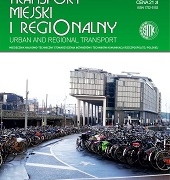
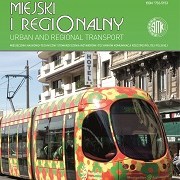
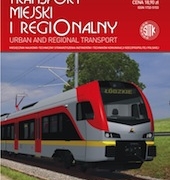 SITK RP
SITK RP 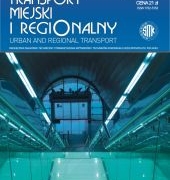 SITK RP
SITK RP 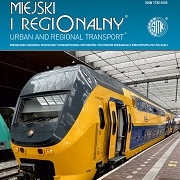 SITK RP
SITK RP 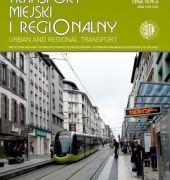 SITK RP
SITK RP 

